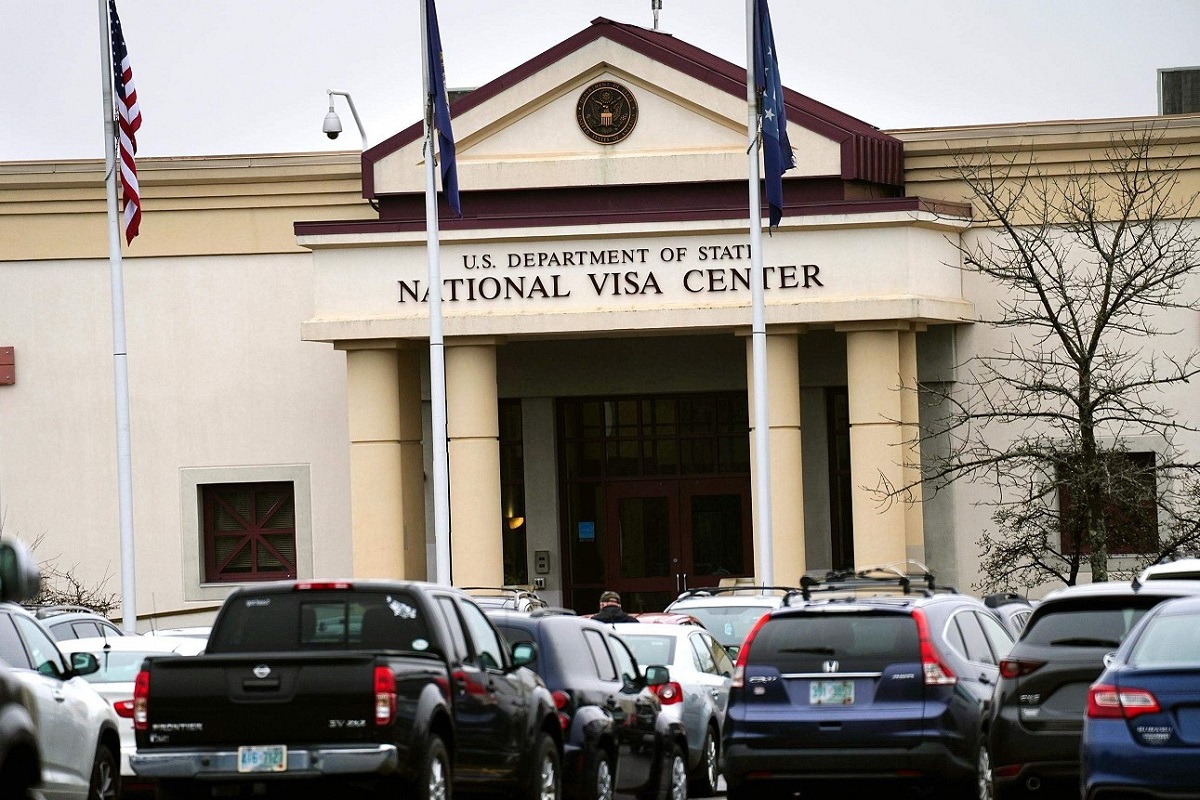

The National Visa Center (NVC) is the part of the U.S. Department of State that performs pre-processing tasks for visas on behalf of U.S. embassies. Located in Portsmouth, New Hampshire, the NVC does much of the basic processing for immigrant visas (green cards) to take the burden off each embassy. However, they also handle some nonimmigrant visa types.
Table of ContentsIf you’re filing a family-based petition such as Form I-130 for a relative or Form I-129F for a fiancé, here’s what you should know about the National Visa Center.
Once U.S. Citizenship and Immigration Services (USCIS) approves a visa petition, they need to move the case to the U.S. State Department for consular processing. Consular processing encompasses the activities to complete the visa application overseas. Common examples of visa petitions include the following forms:
USCIS may direct other forms like Forms I-360, I-526, I-600, and I-800 to the National Visa Center as well.
After USCIS approves a petition, they will send you a Notice of Approval (I-797). At the same time, USCIS will move the files to the NVC. (It may take a month or more for the NVC to receive your case from USCIS.) Upon receipt, the NVC will give your case a unique NVC case number and send you a welcome letter notifying you that they have your petition and what to do next.
However, an approved petition does not necessarily mean that the NVC will begin processing the green card. To start, the beneficiary must have an immigrant visa immediately available.
As mentioned in the previous section, the NVC will send you a welcome letter by e-mail or physical mail. With the information in this letter, you can log in to the Consular Electronic Application Center (CEAC) to check your case status and perform other activities. If you've already received your letter, you can check your case status now:
CHECK CASE STATUSTo see how long it is currently taking the National Visa Center to process cases like yours, check their NVC timeframes page:
CHECK NVC TIMEFRAMESThe NVC timeframes page only describes the general processing time for all cases. To reach a reasonable expectation for your case, it’s important to understand how it will be processed.
Generally, the petitions for immediate relatives (spouse, parents and unmarried children under age 21 of U.S. citizens) are processed quickly compared to others. That's because there is no annual limit on the number of immigrant visas issued to immediate relatives. There's always a visa available to immediate relatives.
On the other hand, family-based preference categories and employment categories do have a wait in most cases. Congress set a limit on the number of immigrant visas issued in these categories each year. Consequently, there are typically more visas requested than there are available each year. The case may sit for months or even several years until an immigrant visa becomes current.
When USCIS receives a visa petition for these categories, they provide a "priority date" on the receipt notice. For example, after filing Form I-130, USCIS responds with Form I-797C, Notice of Action, also known as a receipt notice (like the one pictured below).

The receipt notice contains a priority date. When your priority date meets the most recent cut-off date in the State Department’s monthly visa bulletin, it becomes “current.” Once a case is close to becoming current, the NVC will start processing the next steps.